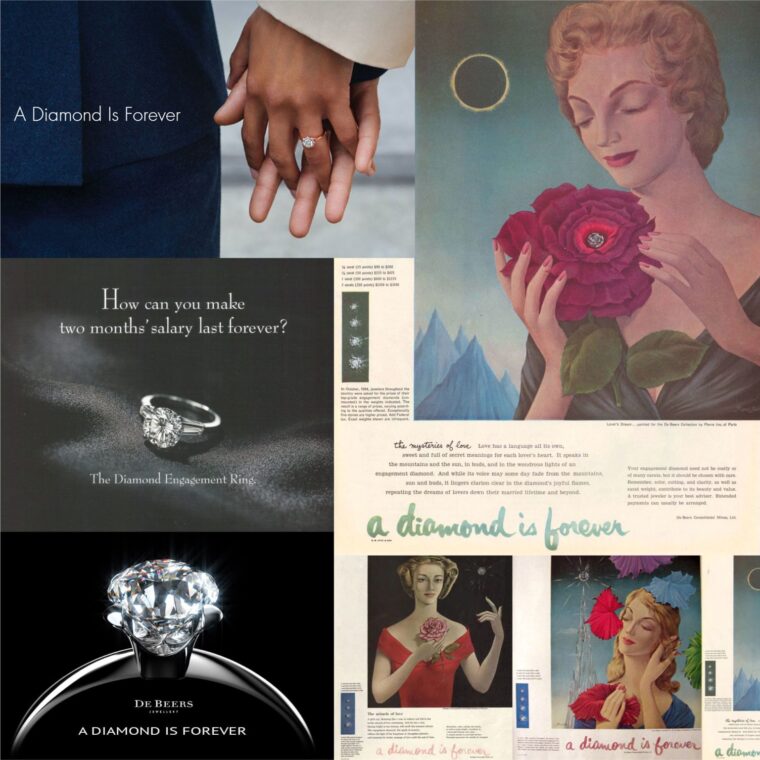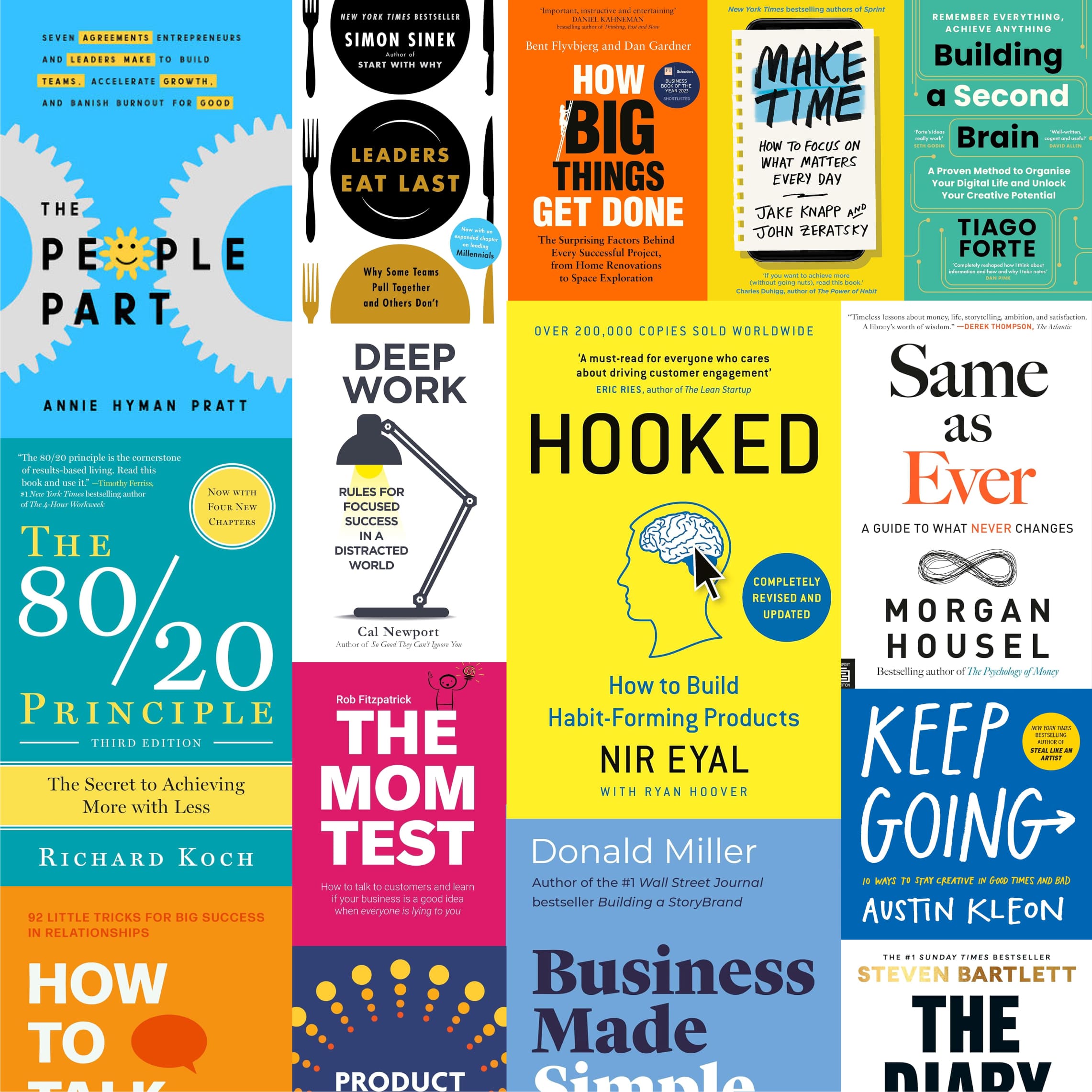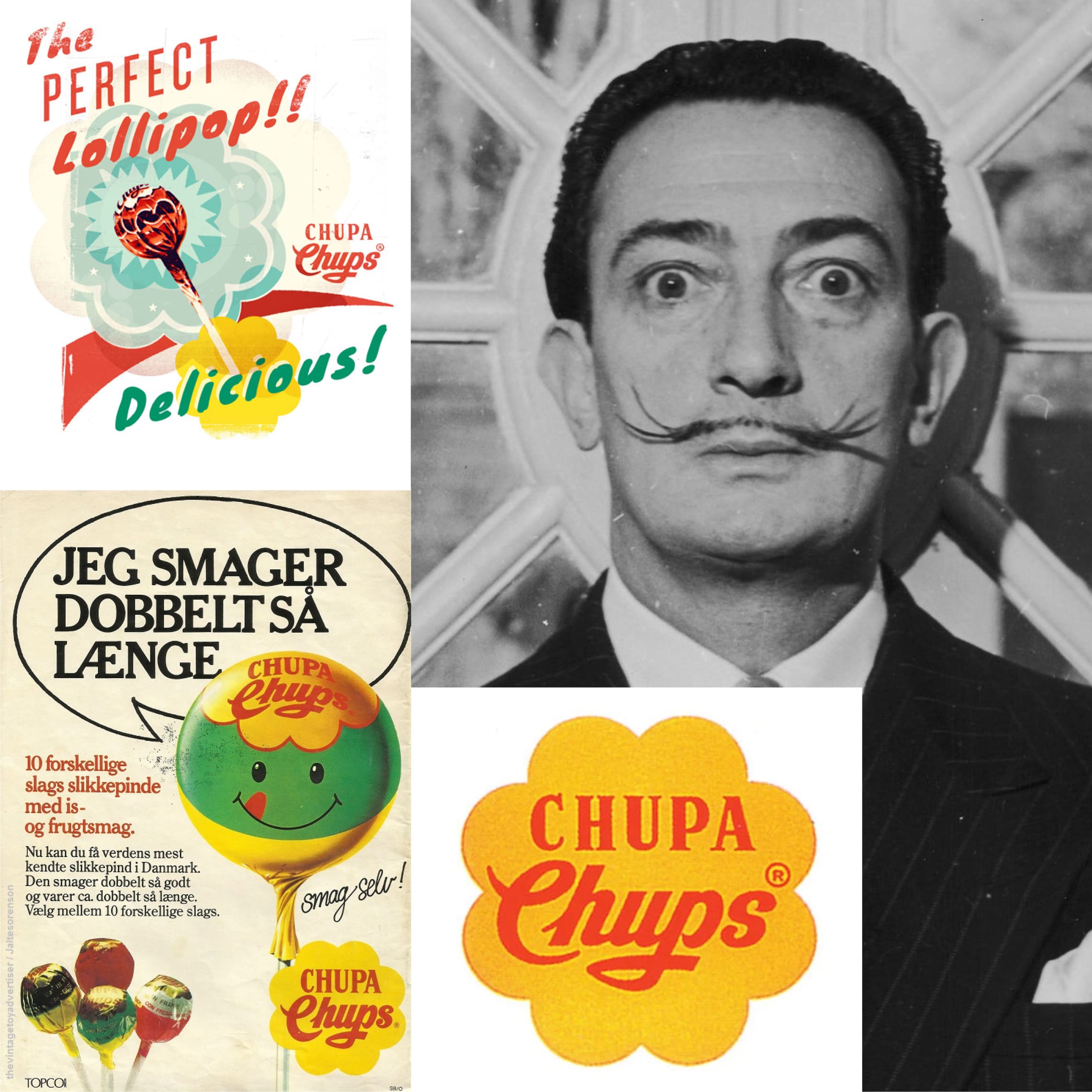Most of us associate diamond engagement rings with timeless romance and commitments that last a lifetime. But did you know that this popular sentiment was, in fact, a marketing creation?
In the 1930s, when diamonds weren’t the top choice for engagement rings, the demand for diamonds had significantly dropped during the Great Depression. That’s when De Beers, the diamond mining giant, decided to take matters into their own hands.
They approached the New York-based ad agency, N. W. Ayer & Son, with a mission: make diamonds the quintessential gemstone for love and commitment.
Frances Gerety, a young copywriter at the agency, was working late one night in 1947 and scribbled down the words, “A Diamond is Forever.” Initially, even her colleagues weren’t impressed. But what seemed like a simple phrase at first glance was, in fact, marketing genius. This slogan conveyed the idea that a diamond, like your love, is eternal.
The agency went on to launch a series of advertisements and even collaborated with Hollywood stars, ensuring that diamonds graced the hands of the most iconic and beloved film personalities. They fostered the belief that the size and quality of the diamond were directly proportional to the depth of a man’s love.
This wasn’t just about selling a gemstone; it was about selling an emotion, a promise, a legacy. And boy, did it work! By the mid-20th century, a diamond engagement ring had become a cultural staple, with sales skyrocketing.
And that simple, yet profound slogan? It’s been used by De Beers Group for over seven decades, making it one of the most enduring and successful advertising slogans ever. It didn’t just change the diamond industry; it transformed societal perceptions and rituals of commitment.
So, the next time you see that sparkling rock on someone’s finger, remember the power of branding and storytelling. Because diamonds aren’t just forever; they’re a testament to how a well-crafted narrative can shape cultures and traditions.




